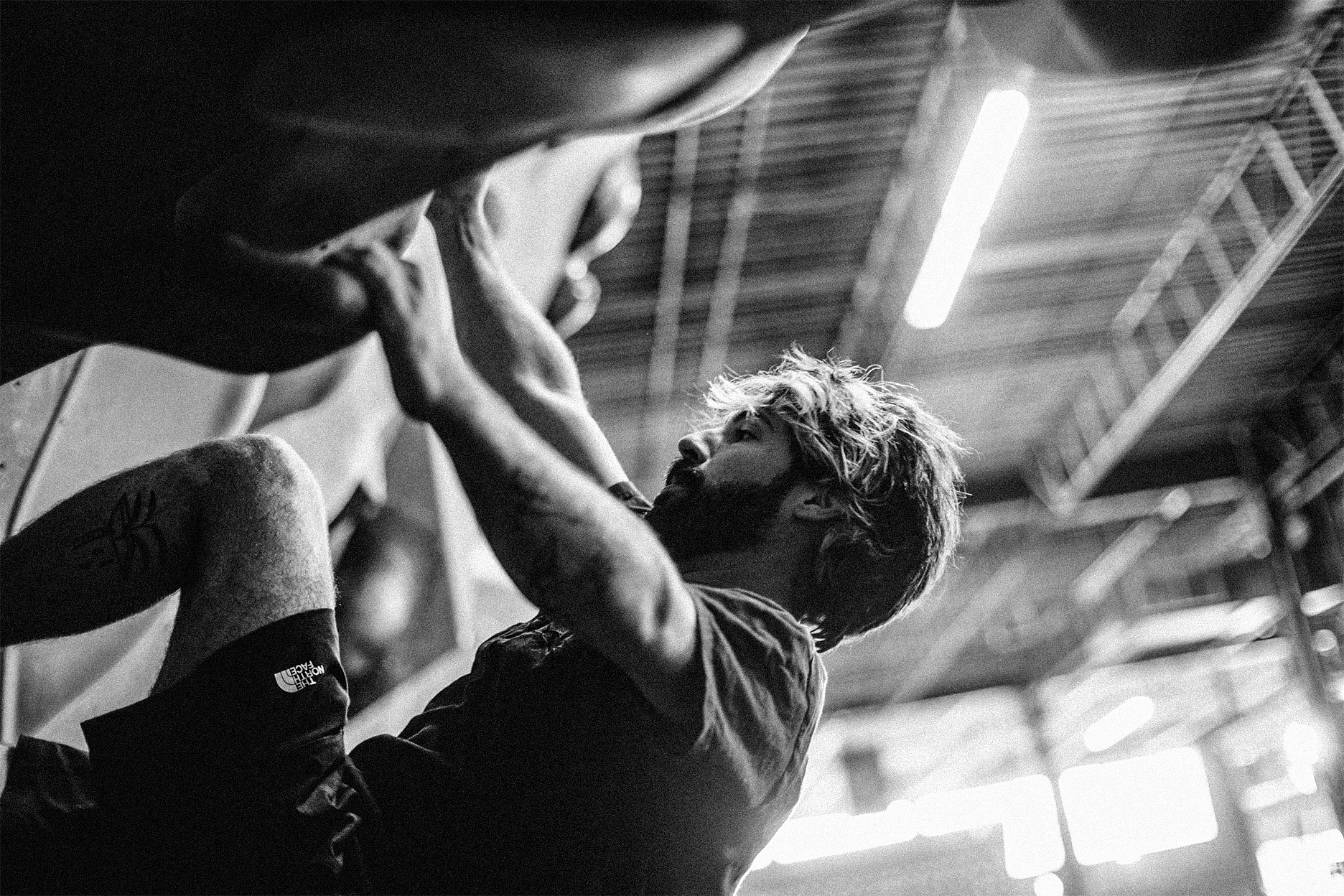You’ve heard them before. You may have even believed them! Climbing myths are numerous. These preconceived ideas about the fascinating vertical sport might be making your life harder without you knowing it! Ready? Let’s debunk some myths.
Myth #1: You need to be strong to climb
Can you climb stairs? More than one or two? Great, you’re already on your way to climbing—whether indoors or outdoors. When climbing a vertical wall, most of your body weight is on your feet. The tendency, especially when starting (and sometimes even with experience), is to try to pull yourself up the rock or the boulder with your arms. But like with stairs, if you use your legs more, up you go…
Myth #2: It’s mainly a physical sport
I have many engineer friends. And while some of their jokes are questionable, they teach me a lot about climbing. What you aim to do in climbing is to get to the top. Trying to use brute force to achieve this will likely be unproductive. Think like an engineer: how to solve the problem in front of me? Sometimes, indeed, you have to pull, but more often than not, it’s about finding efficient movements and ways to maintain balance. Efficient means less effort!
Myth #3: It takes years to become good
With today’s indoor climbing gyms, it’s very, very, VERY easy to progress quickly. True story: a climber I met in 2022 had completed his first 5.11 back then, with considerable effort. Recently, I saw on Instagram that he climbed his first V12. V12! Today’s climbers are very lucky: with climbing gyms, you’re exposed to many types of movements, on varied holds, in a fun setting. And nothing stops you from trying problems that seem terribly difficult—just to realize that they might be accessible, after all. All this to say: in a few weeks, with two or three visits to a climbing gym per week, your climbing level and understanding are likely to explode!
Myth #4: Climbing is a dangerous/safe sport
There was a time when climbing was categorized as an “extreme sport” (ooh!) and bouldering was associated with climbing Everest. Not the same level of risk, really! The risk is always the one you decide to take: going sport climbing, respecting your limits, is extremely safe. If you do a “highball,” there are risks, but you can minimize some of them. At the same time, let’s be realistic: you can get seriously injured, even if you’re careful. A bad fall can happen, even if your friend has ninja reflexes. A hold could break between your fingers, you could sprain your ankle while falling or during the approach walk. Having two months or 20 years of climbing experience makes no difference! To avoid problems, you must be vigilant. And in case of injuries, consult quickly!
Myth #5: You need to be thin and light to climb
Two words: Wes Schweitzer. A 300-pound colossus who plays football in the NFL… and who works on V6s. There you go. The important thing is to enjoy climbing, the movements you’ll discover, and seeing what your body can do!
Myth #6 (bonus!) Climbing is a pulling sport
An extra myth for climbers who train. Yes, there are many pulling movements in climbing. But when you’re on an arête, it’s compression, and your pecs are more engaged. In a roof, it’s your core muscles that come into play. On the mantle of a boulder with slopers, you have to press with your palms. All this to say: don’t just train for pulling. Pull-ups are good, but think about the complexity of the movements you perform. And if the season is coming or you’re planning a trip, think about the movements you’ll be doing to focus on them more.


